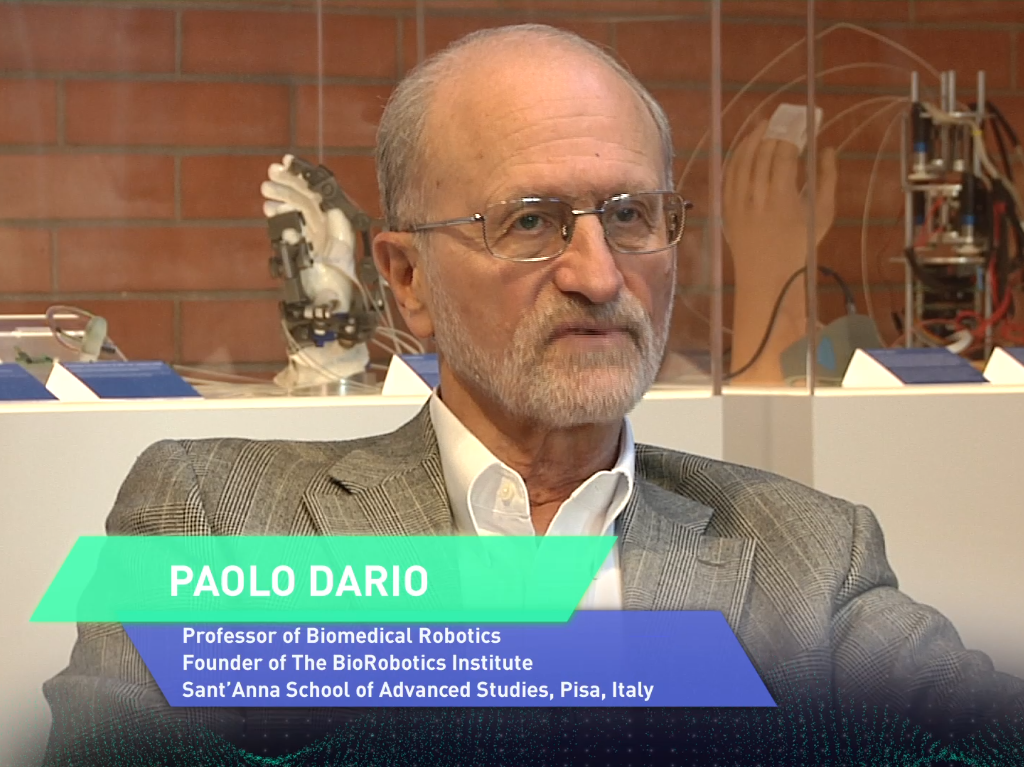Exploring the unexpected. A chat with Paolo Dario, world-renowned pioneer of biorobotics
Many of the prototypes that have made the history of biorobotics worldwide are visible in a showcase set up at The BioRobotics Institute of the Sant'Anna School of Advanced Studies in Pontedera, near Pisa, Italy. Among these are the bionic hands, which in recent years, have given new hope to amputees. Not only can they now return to grab objects but also feel them with a restored sense of touch. In front of the display we met Professor Paolo Dario, founder of the Institute. He has trained, over the past few decades, generations of researchers who are changing our lives with their studies. He explains: "A first research focus is on bioinspiration and biorobots. We studied worms, eels, lampreys, octopuses. As if we were modern Leonardo da Vincis, we analysed how many organisms work. We didn't copy them but drew inspiration to create new engineering principles, new design principles, mechanisms and materials." "A second focus area is artificial hands and prostheses. This is also part of what was a long-standing dream: to create hands capable of both dexterity and sensitivity. I would specifically mention the CyberHand project. The third focus area is a very fundamental project to me, Neurobotics. No one had ever thought about systematic collaboration with non-engineering sectors before, for example with neuroscience." "I would just mention one of our ideas: a piloted capsule able to explore inside the human body, almost as it was in Fantastic Voyage, the book and the film in which a submarine is reduced to very small dimensions. Then how would it be controlled with the brain? What kind of interface could be used? Or perhaps you may remember Doctor Octopus in Spider-Man, that mad scientist who has a kind of octopus on his shoulders, inserted into his nervous system. Well, can the brain control a body other than its own?" Professor Dario underlines the fact that all these achievements would not have been possible without the support of the EU programme Future and Emerging Technologies (FET): "It meant embracing new horizons while setting practical goals in the end, and understanding that applications will be a long way off still. There's 40 years of research behind the bionic hands we have built!" See full story and interview here: http://www.fetfx.eu/story/exploring-unexpected-chat-paolo-dario-world-renowned-pioneer-biorobotics/
Keywords
Future and Emerging Technologies, research, innovation, robotics



